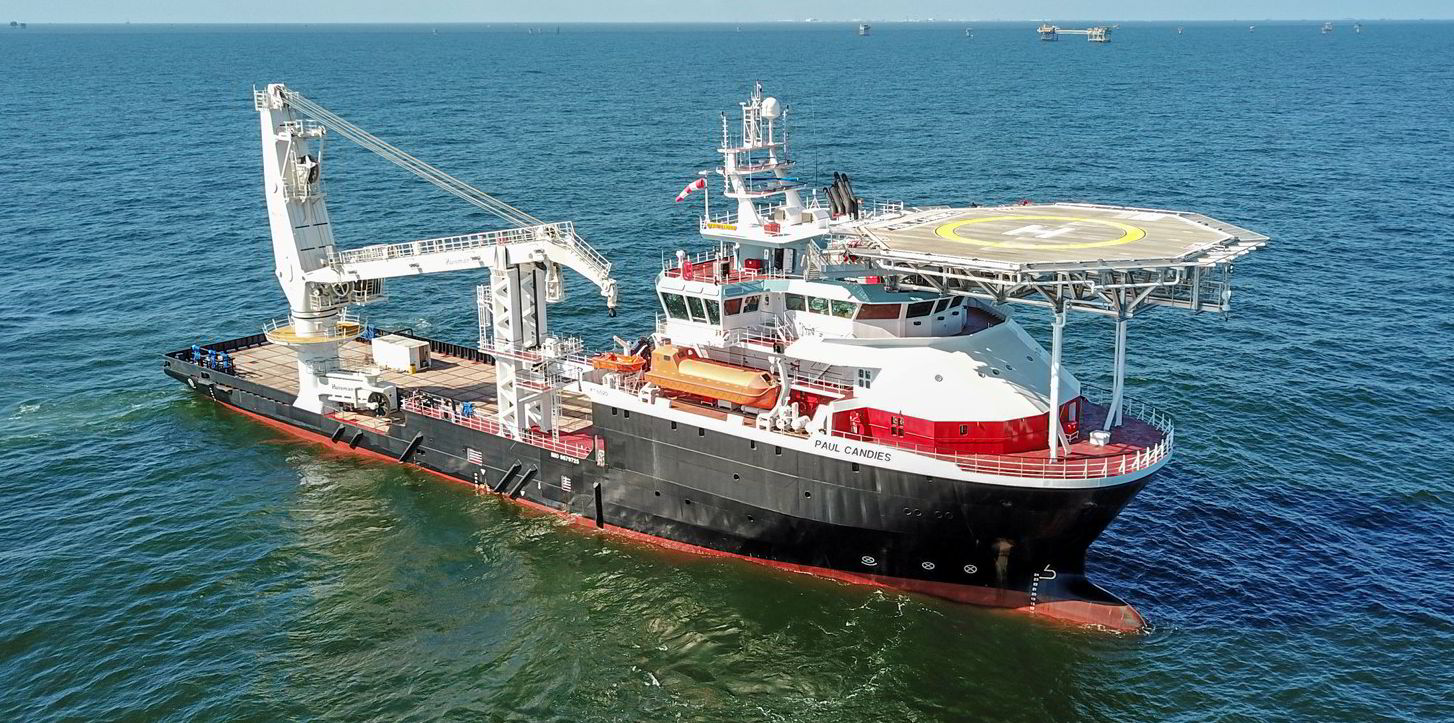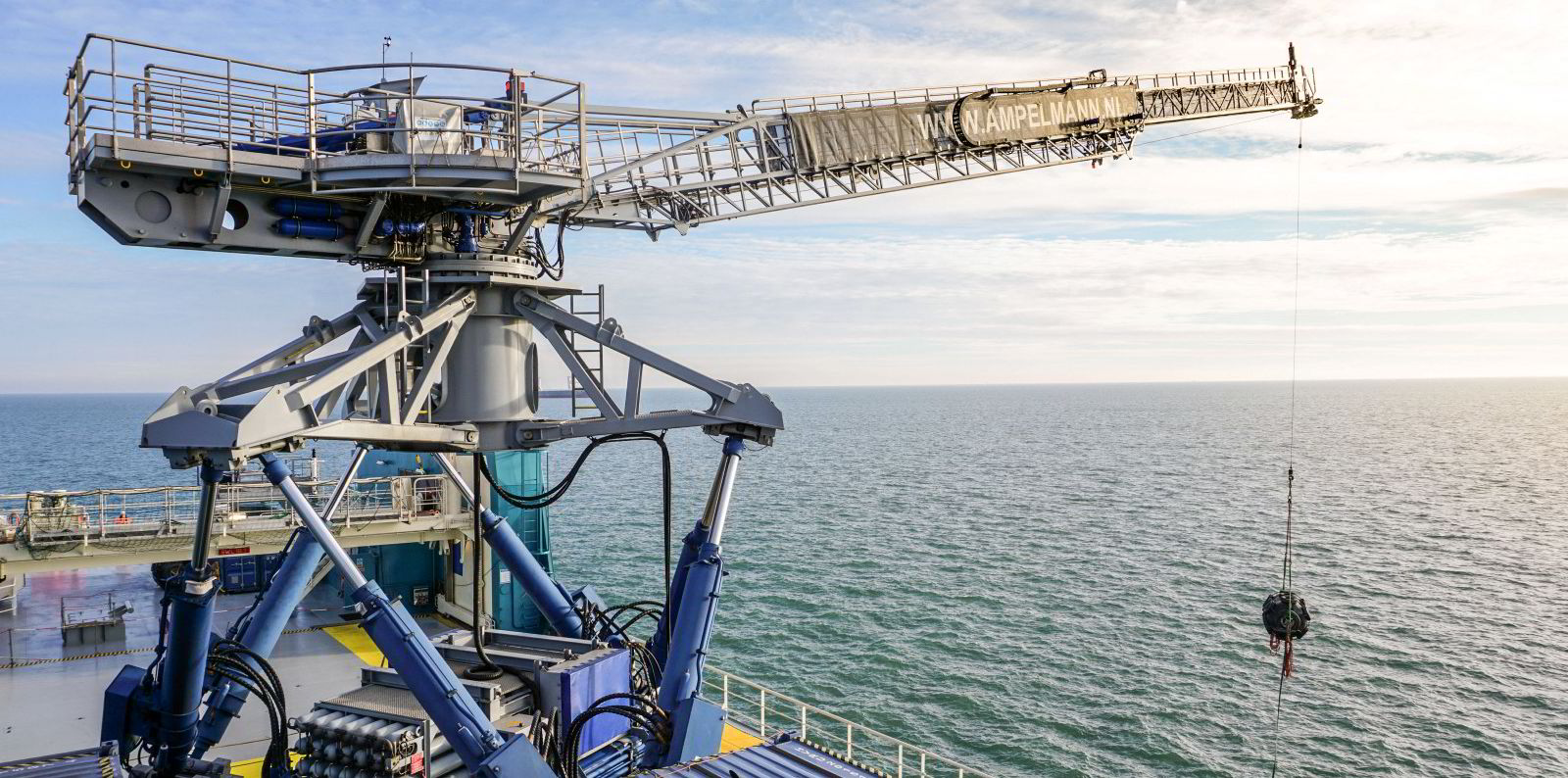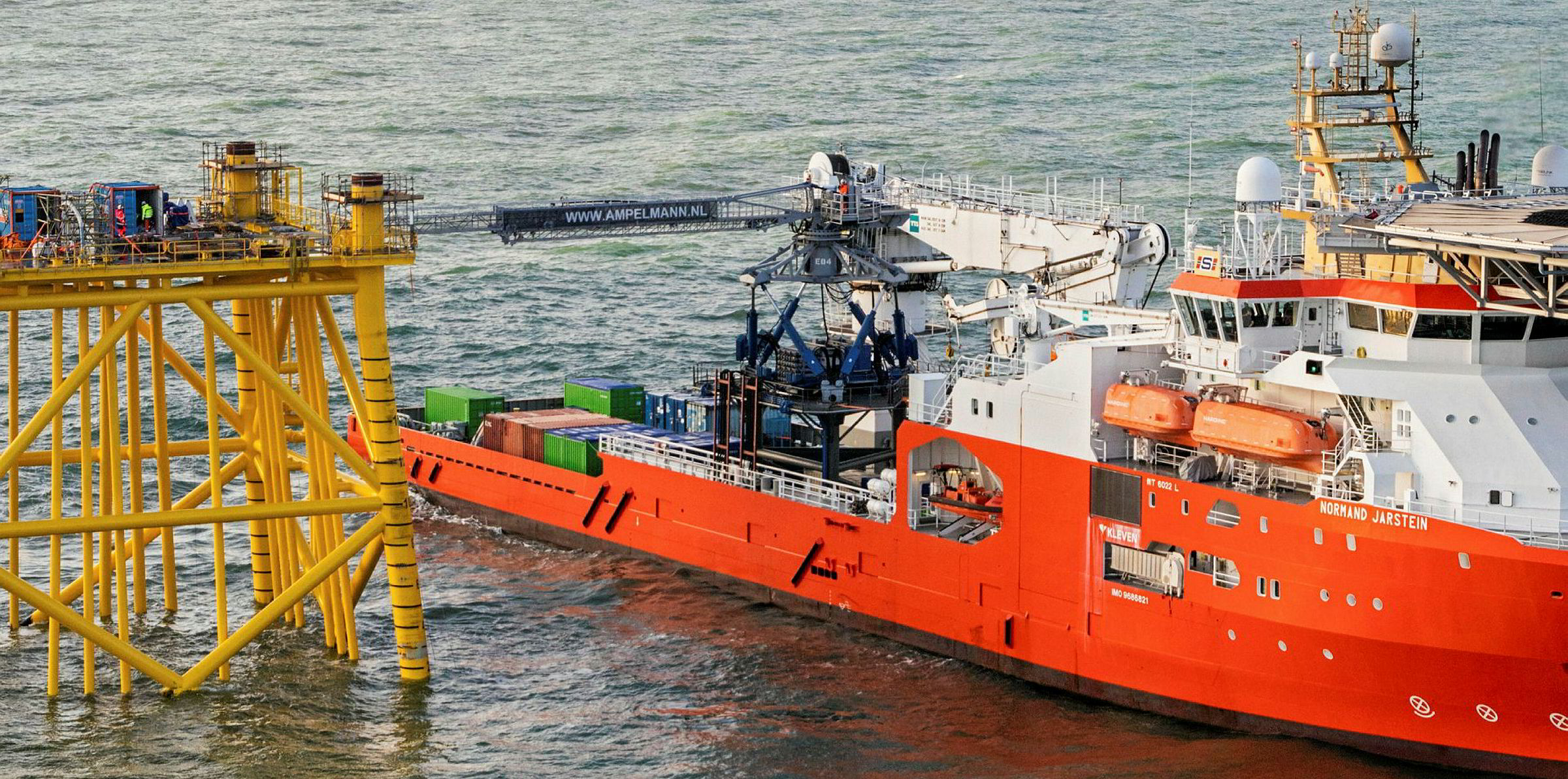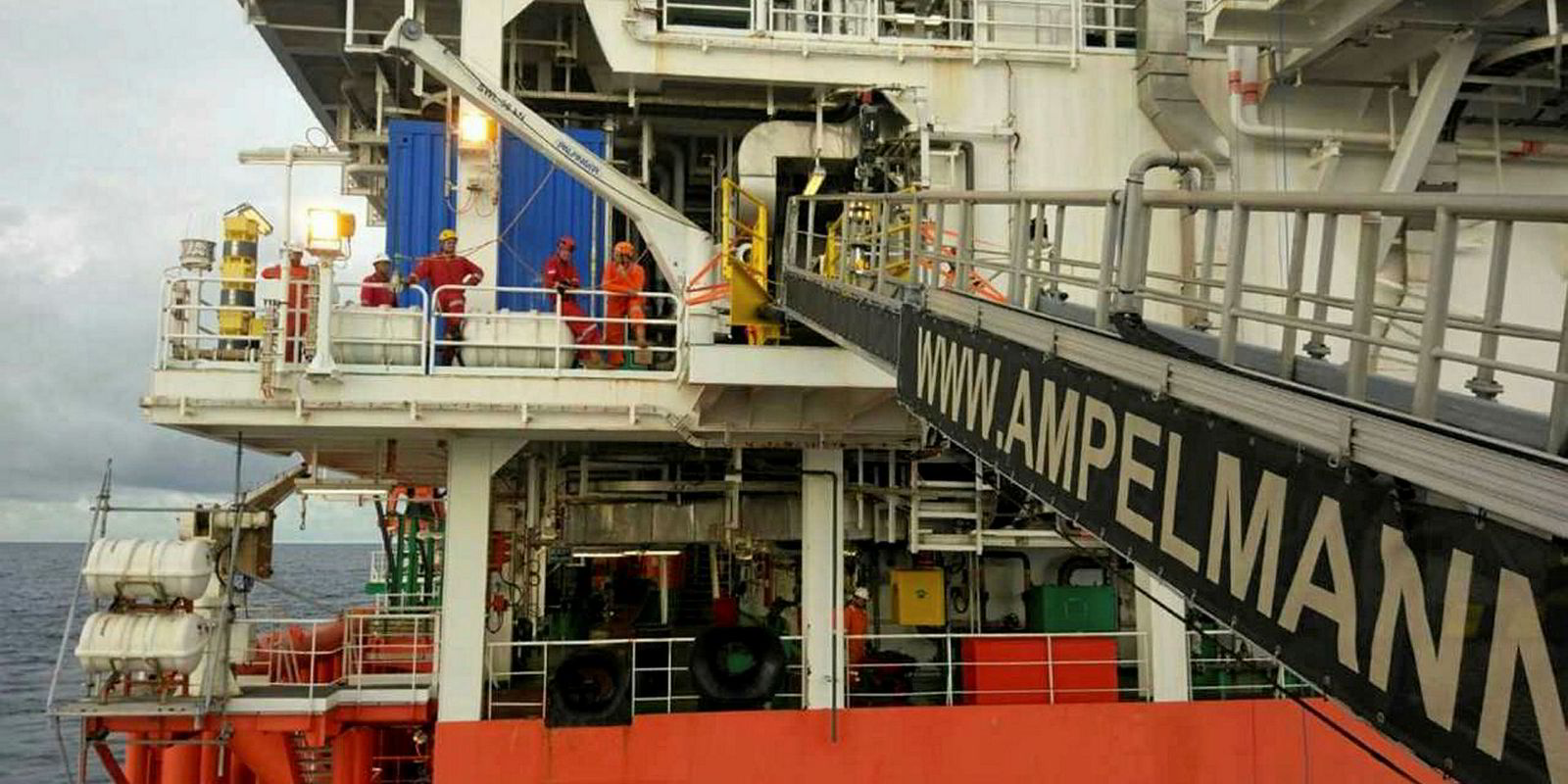Ampelmann, the Dutch offshore access provider, has secured what it claims is the first walk-to-work (W2W) installation in the US offshore wind market.
The E1000 system will be installed on Otto Candies’ inspection, maintenance and repair (IMR) vessel Paul Candies (built 2018) in the third quarter of 2023.
It will be used to support the hook-up and commissioning of turbines on the Southfork, Revolution and Sunrise wind farms - three commercial scale wind farms in the north-east US Atlantic.
“As the system compensates for all six degrees of freedom in relation to the vessel and turbine, it will enable safe, consistent, and reliable offshore access in sea states of up to 4.5 metre wave heights during its year-long operation,” Ampelmann said.
“As well as providing safe access for personnel, the system will also be used to hoist cargo, equipment, and tools up to a tonne and the gangway’s fuel transfer capabilities will allow for the testing of the generators and turbines.
“By converting the Paul Candies into a W2W vessel, it will enable the servicing of multiple turbines at once, greatly increasing the speed and efficiency of operations,” the company said.
The contract marks an important turning point for the company and will see the introduction of walk to work to the US renewable energy sector.

Ampelmann said it has more than a decade of experience in the US offshore access market and a nearly 15-year global track record in the offshore wind sector.
“Over the last 10 years, motion compensated systems have become a well-known feature of the US oil and gas sector, but this will the first time that they will be used in the US offshore wind market,” the company said.
“These are the first commercial scale windfarms in the US, so there has not been a need for walk to work previously. However, there are two small pilot projects that can be serviced by a single small crew transfer vessel (CTV),” an Ampelmann spokesperson told TradeWinds.
Steven Kaub, Ampelmann’s business developer for American offshore wind commented: “Over the years we have developed a solid relationship with Otto Candies, and their enduring trust in our systems and services allows us to showcase what we can offer to the US offshore renewable market.”
On the potential market for W2W systems in the US renewable energy sector, Ampelmann said there are “many options in this sector”.
“These include personnel transfer to and from turbines during several construction phases including foundation installation, cable pull-ins, hookup and commissioning,” the company told TradeWinds.
“During the offshore and marine phase, there is typically a service operation vessel (SOV) that services the wind farm with a W2W system installed on it.”
Ampelmann said it currently maintains a fleet of 65 operational systems used for transferring crews and cargo to offshore structures.





